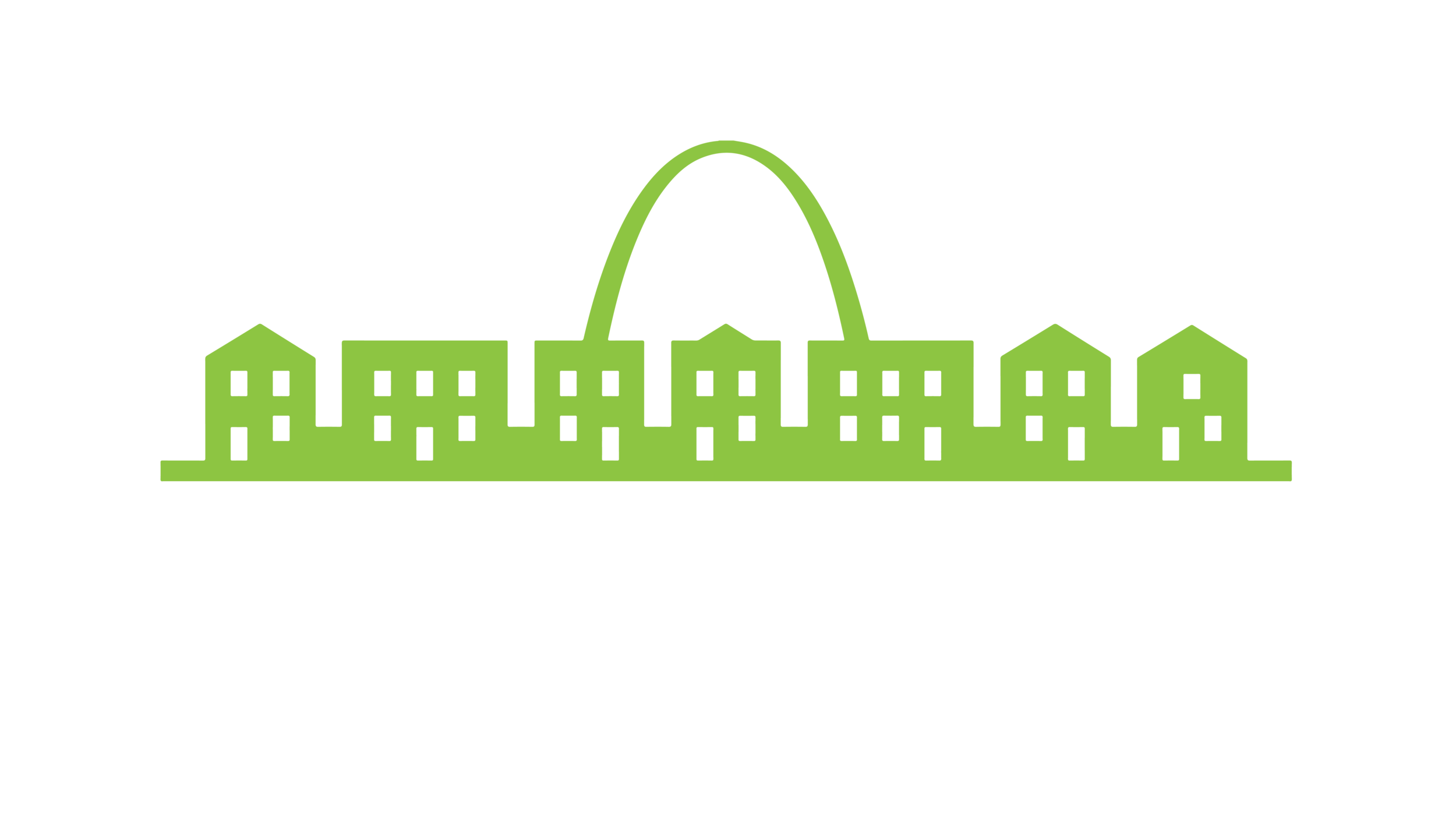Black History figures of St. Louis
This blog post was written in collaboration with volunteer Kendra Wilken, a student athlete at St. Louis University.
Black History Month in the United States is an annual celebration of the achievements by African Americans and to recognize the central role of black people in U.S. history. Since February is the time to celebrate history and contributions, we thought we would share the history of some great African American people of the Saint Louis Area! We have had many African Americans who have shaped Saint Louis to the city it is today.
Father Moses Dickson (1824-1901)
Father Dickson was an abolitionist and minister. In 1846 when he was 22, he organized the secret society called the Knights of Liberty in St. Louis. This society was raised to a nationwide army to end slavery. Dickson’s Knights helped to deliver 70,000 slaves to freedom through the Underground Railroad and he later became the president of the Refugee Relief Board. The Refugee Relief Board sheltered almost 20,00 former slaves. The courage Father Dickson had during a time when African Americans were treated terribly paved a way for many slaves to live free and in return he saved and improved many people’s lives.
Today, the Father Dickson cemetery for colored people is on Sappington road just south of Oakland, St. Louis County. It was dedicated by the Knights of Tabor and Daughter of the Tabernacle, of which the late Father Moses Dickson was the founder. This dedication happened on August 30, 1903. Thousands of people attended this dedication from the city and the county because they were touched and knew Father Dickson as the great, brave man he was.
Mary Jean (Price) Walls (1932-)
Born during the time of segregation, Mary Price Walls knew the value of education and didn’t let racism stand in her way. As salutatorian of her high school, she earned a scholarship to Lincoln University in Jefferson City, which was an all black college. From a modest background, the financial burden of living away from home was too much, so she applied to the local college, now known as Missouri State University (MSU). She applied in 1950, making her the college’s first black applicant and 4 years ahead of Brown vs. Board of Education of Topeka.
Walls sent in her application to the school’s administrators, but received no response. They didn’t even pay her the respect to give a rejection. All she wanted was to be a teacher, but being ignored wasn’t an option, so she changed her desired coursework to a topic not yet offered at Lincoln and tried again. The college’s board discussed her application at length. However, despite the convincing application and that one of the administrators thought it would be beneficial for the school due to Mary’s intelligence, they denied her, an obviously qualified and impressive candidate. Mary started working various jobs to care for her ill father, and by the time the 1954 decision occurred, she was already married with kids to look after. The former salutatorian retired in 2009 from the Discovery Center in Springfield.
In 2010, she finally received a response from MSU, who technically never gave her a formal answer for her application. The school gave the 78 year old an honorary degree, and while this does not right their wrong, Mary does believe that it would have made her parents happy. Mary also now has an annex of the Multicultural Resource Center at MSU named after her where students of all backgrounds can now have a larger space to come together to foster community.
Jordan “Pop” Chambers (1897-1962)
Chambers was known as the father of black politics in St. Louis. He led many African American voters out of the Republican party and into the Democratic party in the 30s. His political philosophy was the beginning of the Black Power movement. He believed that African Americans needed to push for more than desegregation. He urged other African Americans to come together economically and politically, so St. Louis’ white power was challenged. This forced local government to take leaps toward helping African Americans.
Dealing with sickness in 1962, President Kennedy and Lyndon Johnson both gave their sympathies to Chambers by wired communication. Thanks to his political philosophy, he was a big influence to the African American Community in the 30s. He gave a voice to the African Americans when their voice didn’t mean much at that time. Today there is a park named after him in the city of St. Louis. It was dedicated for his great work as a prominent black civic leader and civil rights work.
All in all, these people changed St. Louis to improve the lives of others, both by direct action and by starting discussions leading to social change. Through this celebration, we recognize the struggles African Americans have faced and still face today. Martin Luther King, Jr. said, “I refuse to accept the view that mankind is so tragically bound to the starless midnight of racism and war that the bright daybreak of peace and brotherhood can never become a reality…. I believe that unarmed truth and unconditional love will have the final word.” Black History Month is a way to show that truth and unconditional love for the African Americans who have changed the history of both St. Louis and America.



